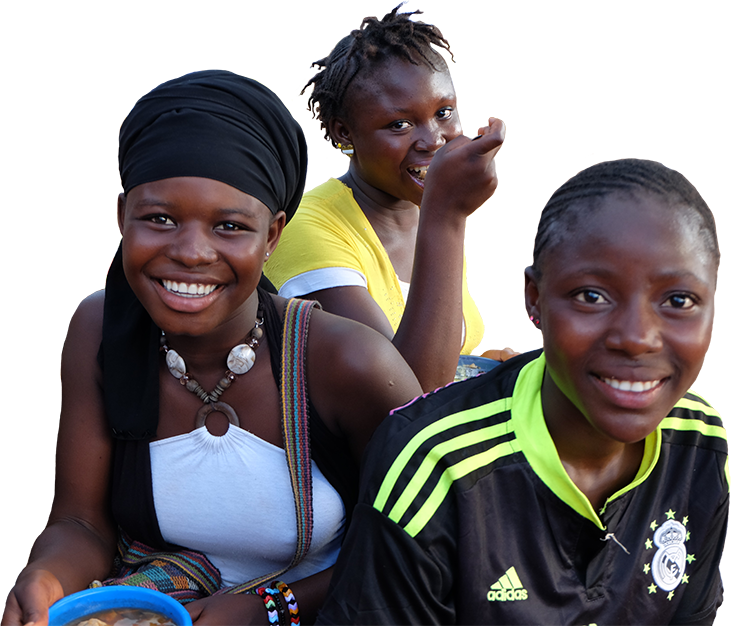Adolescents are uniquely positioned to contribute to the design and delivery of effective programs and services. Policymakers, program managers, and service providers need to include adolescents as much as possible when designing, planning, implementing, delivering, and monitoring youth-responsive nutrition programs and services. If you have examples of policies, programs, services, guidance, evidence, and tools related to the engagement of adolescents in the design, implementation, delivery or evaluation of nutrition programs and services, please send them to info@advancingnutrition.org.
We found 57 resource(s)
Children's Participation in Learning and Action for Nutrition (PCAANS): A Basic Guide for the Promotion of Nutrition and School Health
Training Material published by Children for Health in
This manual was developed to support teachers, administrators, and other school staff in one province in Mozambique to teach key nutrition and health messages that are aligned with the primary school curriculum. The program focused on educating children in grades 4-7 about nutrition and helping them to develop relevant skills and attitudes.
Children’s Participation in Learning and Action for Nutrition (PCAANS): A Case Study
Case Study published by Children for Health in
This case study focused on the perspectives of teachers, parents, and children on the strengths and weaknesses of the PCAANS project in Mozambique.
Children As Agents of Change: Children’s Role in Influencing Health and Nutritional Practices
Case Study published by Children for Health in
This rapid sift is from the Children’s Participation in Action and Learning for Nutrition (PCAANS) project in Mozambique. The aim was to inform the project's approach to nutrition education, identify and understand research on how children influence health behaviors, and identify qualitative methodologies to evaluate the impact of children’s…
Case Study on Adolescent Inclusion in the Care Group Approach—The Nigeria Experience
Journal Article published by Emergency Nutrition Network (ENN), USAID in
This article documents the experiences of adolescent girls in selected towns in Northern Nigeria participating in care groups of 10–15 trained volunteer community-based health educators. Their experiences were captured through focus group discussions and key informant interviews. It highlights key learning points (barriers, boosters, and best…
FIGO Recommendations on Adolescent, Preconception, and Maternal Nutrition: "Think Nutrition First"
Journal Article published by International Journal of Gynecology and Obstetrics in
This article summarizes recommendations from the International Federation of Gynecology and Obstetrics (FIGO) on nutrition issues for adolescent and young women before, during, and after pregnancy. The recommendations aim to create a global framework for action to improve the nutritional care and support of adolescent girls and women through the…
Landscape Report on Adolescent and Maternal Nutrition in Indonesia
Landscape Analysis published by Global Alliance for Improved Nutrition (GAIN) in
This landscape analysis focuses on adolescent and maternal nutrition in the East Java province of Indonesia. It explores the nutritional status of women and adolescent girls, underlying factors of undernutrition, nutritious foods for adolescents and pregnant women, physical activity for adolescent girls and married women, communication channels,…
Health for the World's Adolescents: A Second Chance in the Second Decade (Online report only)
Informational Infographic published by WHO in
The report brings together all WHO guidance about adolescents across the spectrum of health issues. It offers a state-of-the-art overview of four areas for action: providing health services, collecting and using data to plan and monitor interventions, developing and implementing health-promoting and health-protecting policies, and mobilizing and…
Toolkit for Transition of Care and Other Services for Adolescents Living with HIV
Toolkit published by USAID in
This toolkit was developed by the U.S. President’s Emergency Plan for AIDS Relief (PEPFAR), funded through the U.S. Agency for International Development (USAID).



